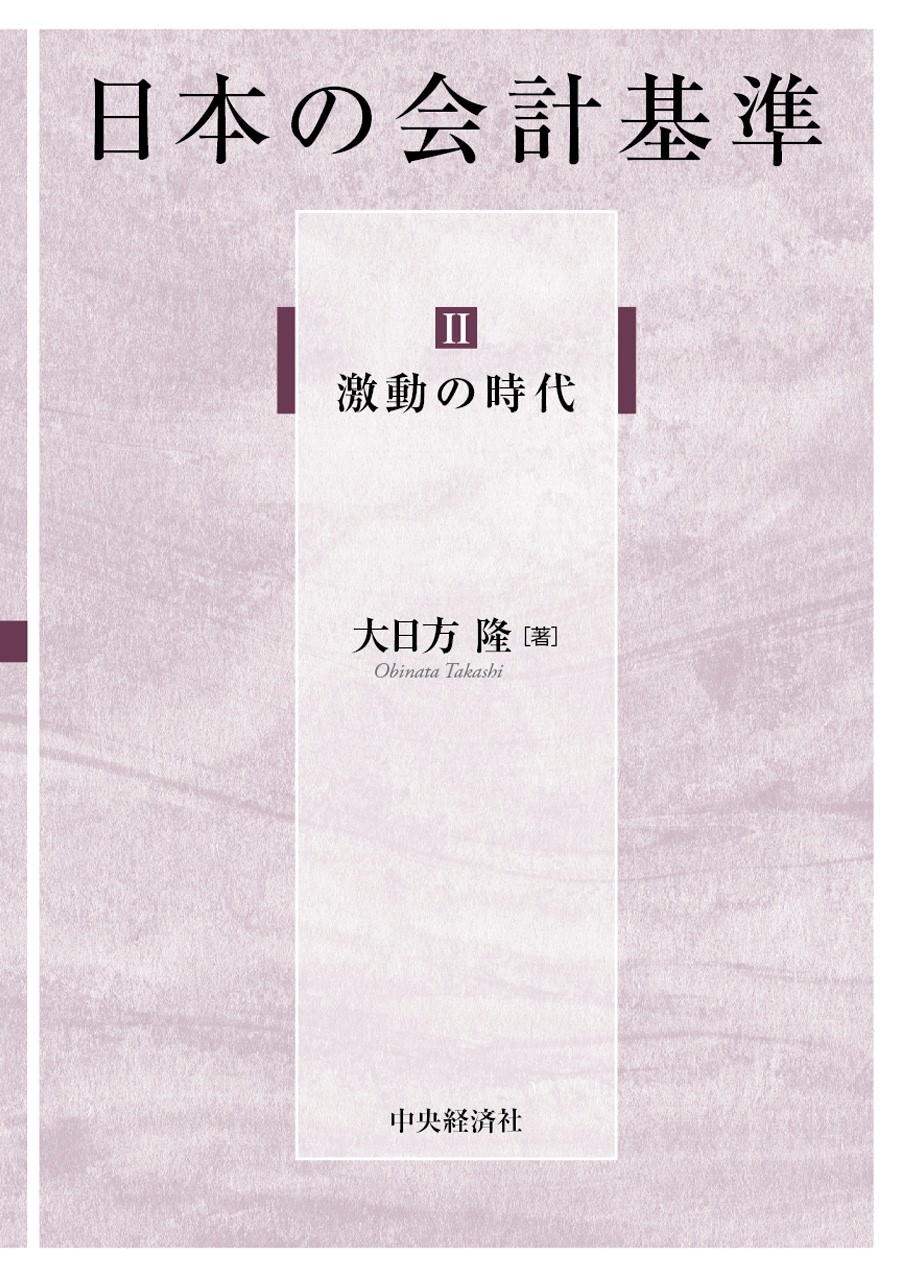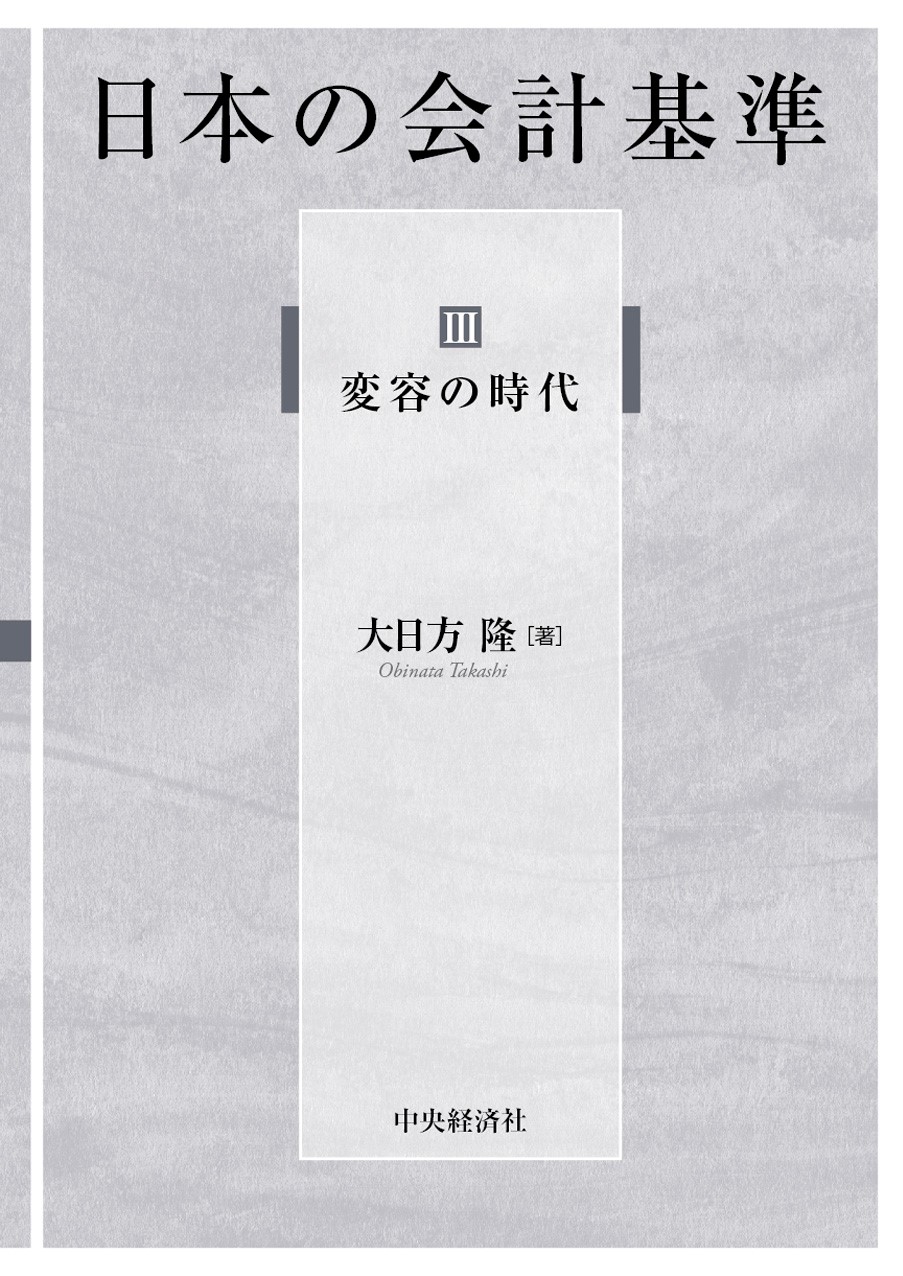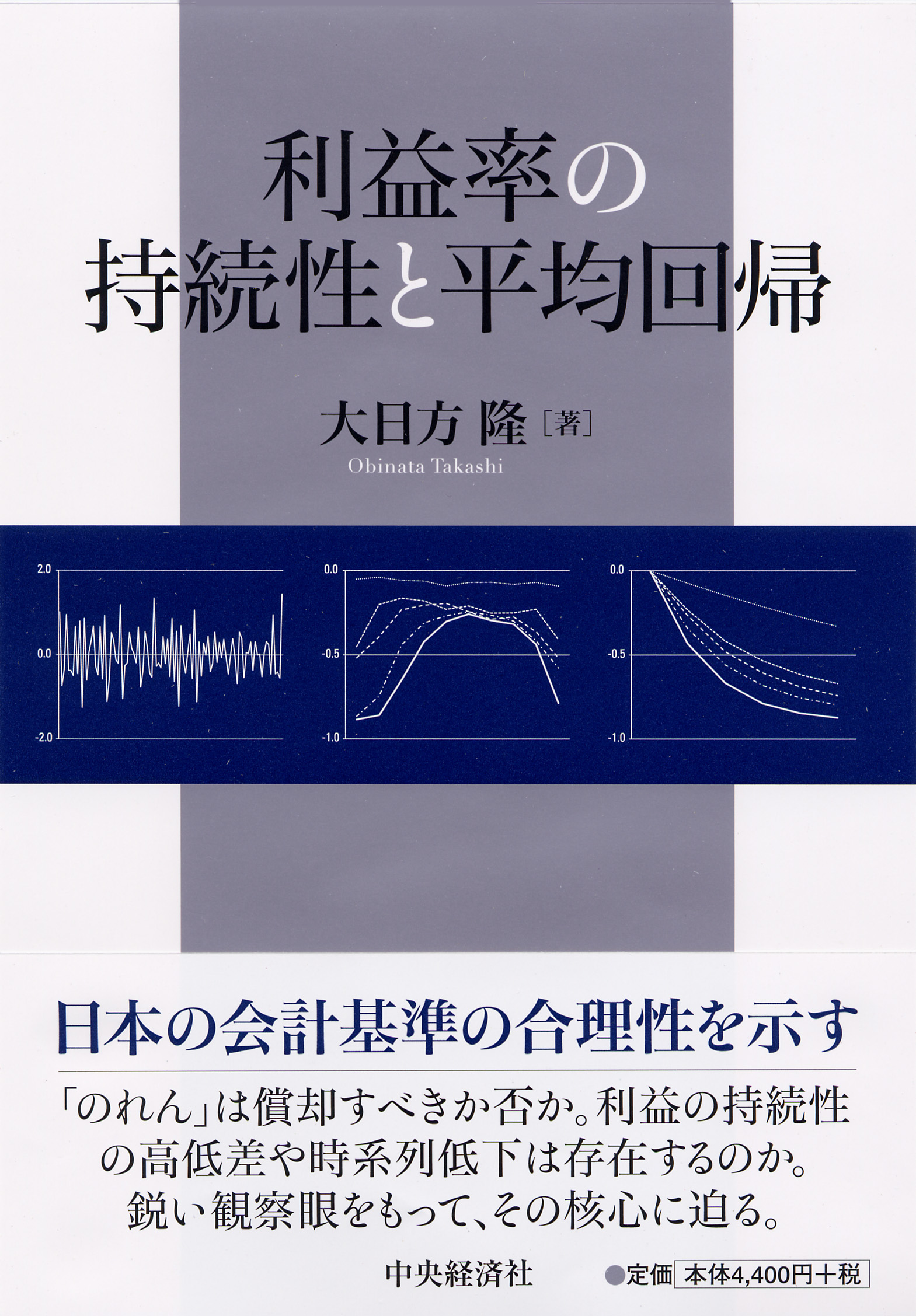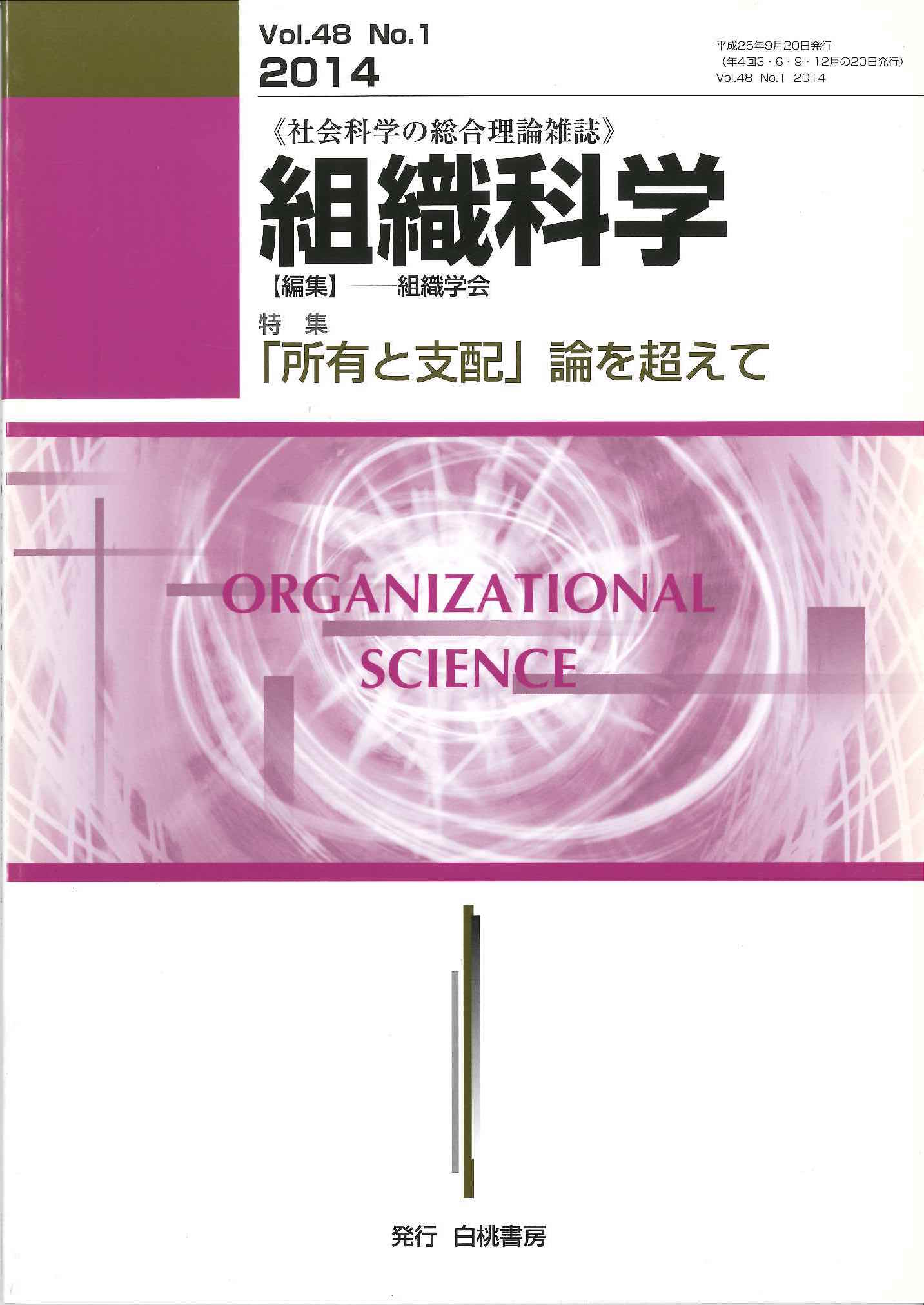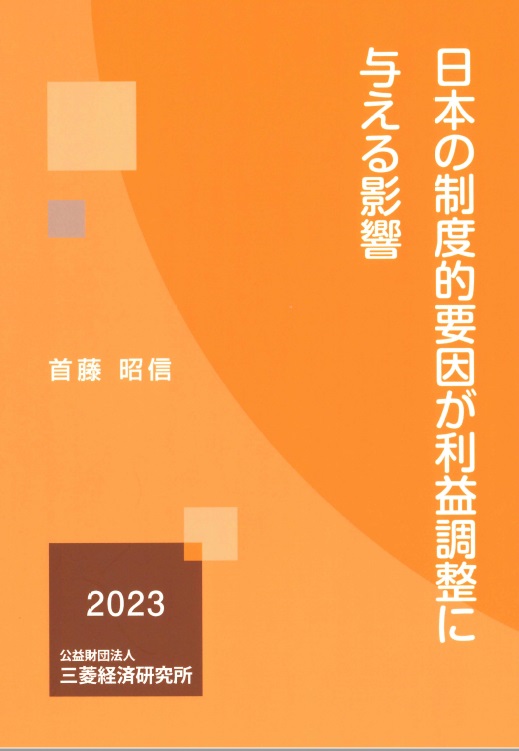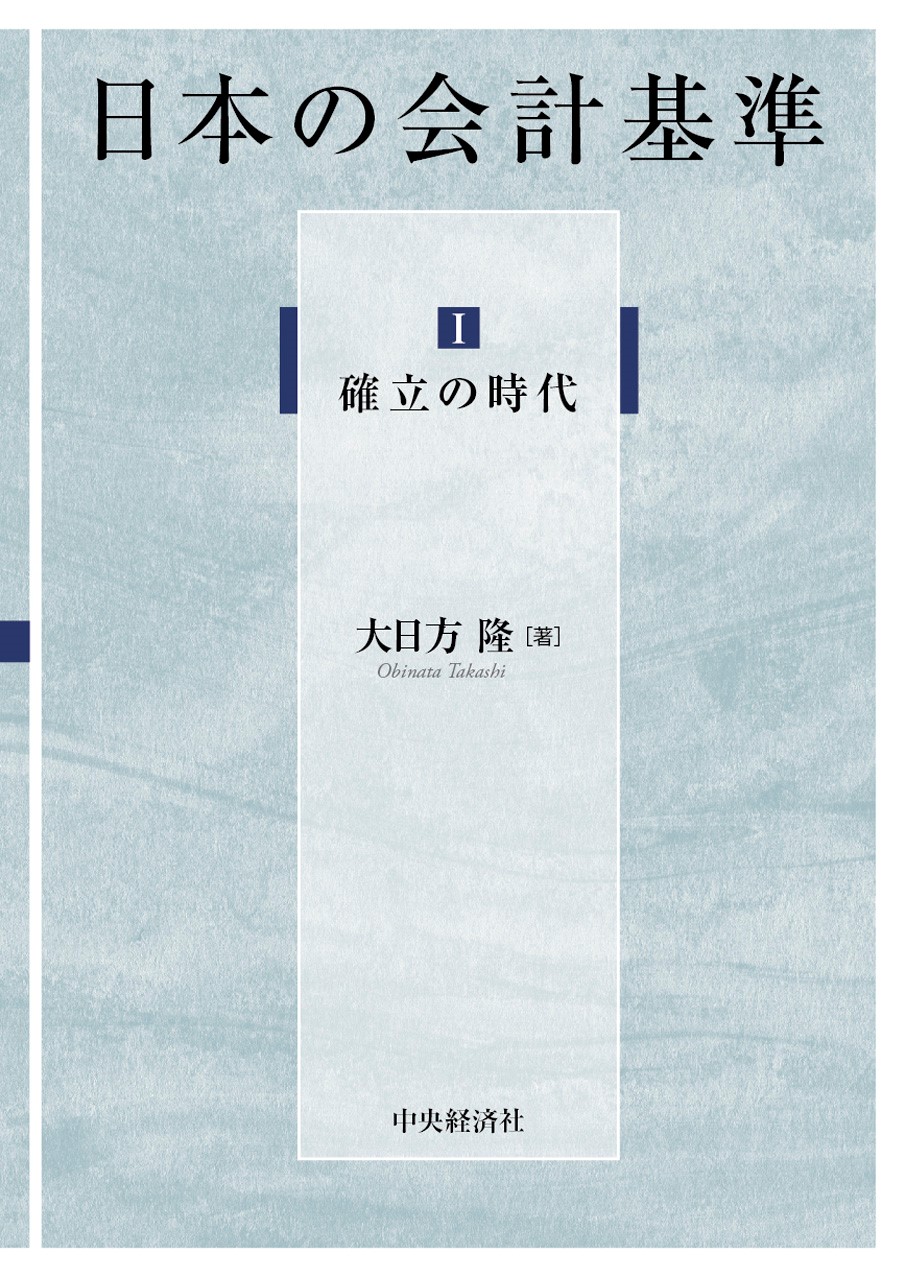
Title
Financial Accounting Standards in Japan: History and Theory Vol.1 Kakuritsu no Jidai (Era of Establishment)
Size
496 pages, A5 format
Language
Japanese
Released
March 07, 2023
ISBN
978-4-502-43911-7
Published by
Chuo Keizai Publishing
Book Info
See Book Availability at Library
Japanese Page
Where did Japanese accounting standards come from, where are they now, and where are they headed? This book attempts to dynamically clarify the true nature of Japanese accounting standards. Since accounting standards are formed under the framework of certain accounting regulations, the state of accounting standards is strongly influenced by accounting regulations. Therefore, in order to capture the movement of accounting standards, it is necessary to clarify the nature of the static element, the structure of accounting regulations. At the same time, it is necessary to clarify the dynamic element of what factors caused the changes in accounting standards. The subject of this book is to describe how the static and dynamic elements appear, intertwine, and disappear in the "field" of the accounting system, which consists of a combination of accounting regulations and accounting standards.
In this book, the statements of Diet members and the answers of the government side in the Diet deliberations are used not only as a source of discussion, but also as material to reinforce the author's hypothesis about the true nature of Japanese accounting standards. If you feel that the discussion is a "backstory" on the formation of accounting standards, you have a completely false preconception. The details will be revealed in this book, but first, we must confirm that the deliberations of the Diet cannot be a "backstory" according to the common sense of society. The history of the accounting system as written by accounting experts is the story behind the infrastructure of the accounting system, and the commentary by the academic members of the Business Accounting Council, who are the parties involved, is the "backstory. In fact, we were not familiar with the "front" story of how the debate unfolded on the front stage of the Diet, the cypress stage for the Ministry of Finance.
The discussion of the period when accounting standards were established, which is the subject of this volume, is also the basic foundation for understanding today's accounting standards in Japan. Inevitably, much of the discussion relates to "corporate accounting principles," but not only is the current generation not interested in them, but this volume contains a great deal of information that even the current generation of veterans, who should have been familiar with their contents, probably did not know. Even if they did not know such things, they would not have had the opportunity to correct their misunderstandings because they had no trouble in their research or in their practical work. If you know the "front stories" in this book, you will learn about the terrible (and amazing) situation, and at the same time, you will feel respect and gratitude for the seniors who have known the hardships of forming the system and have made efforts to form it. It would be a great pleasure for me, as the author, if such empathy could be gained.
(Written by OBINATA Takashi, Professor, Graduate School of Economics / 2023)



 Find a book
Find a book


